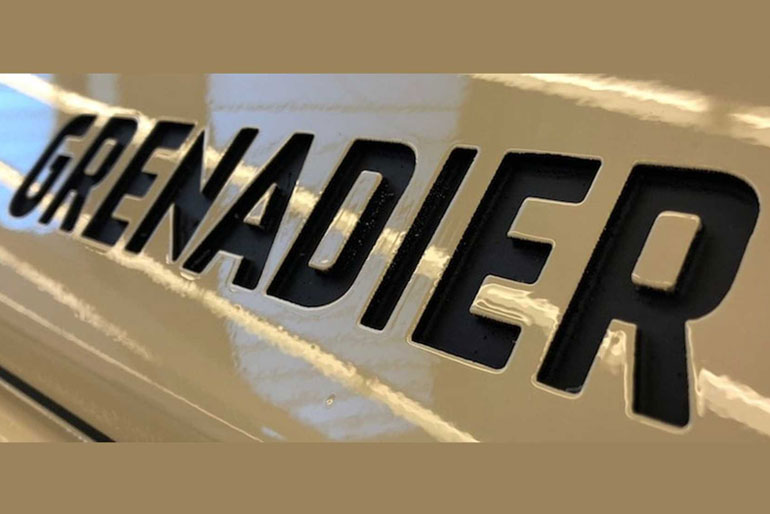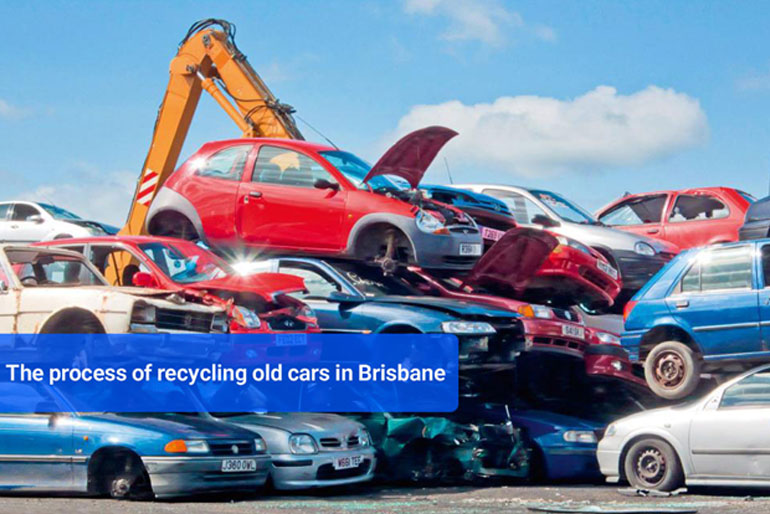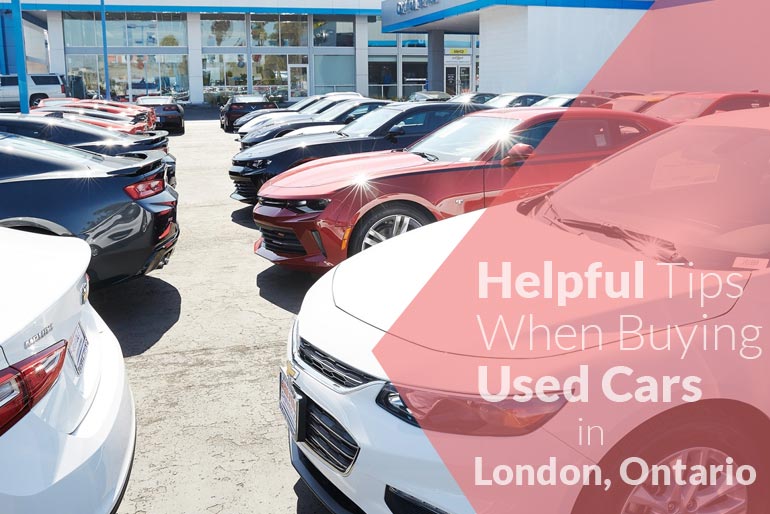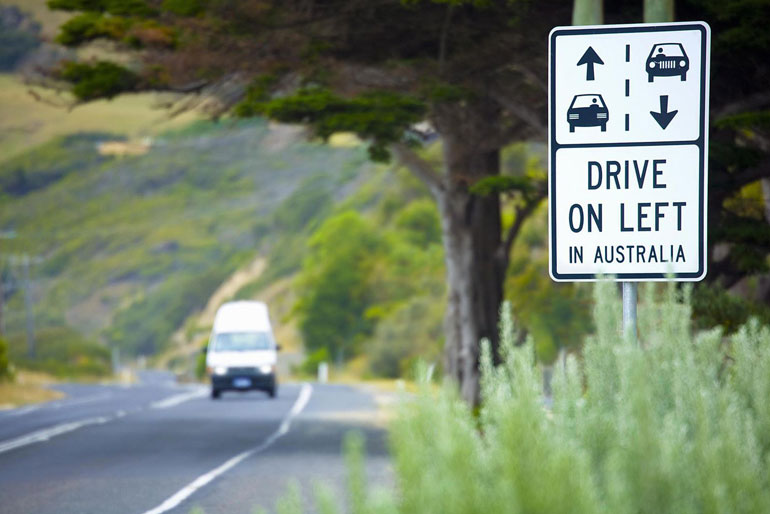Are you planning a trip to Australia? Then chances are you’re feeling pretty excited as your departure date looms ever closer. Australia truly is a gorgeous country, boasting pristine beaches, tropical rainforests, verdant plains and stunning natural wonders like the Twelve Apostles and Uluru. It is well worth visiting at least once in your lifetime.
However, given how expansive the Australian landscape is, renting a car to get around during your trip down under is a wise move unless you want to spend a lot of money on taxis or ride-share services. If you’re an auto enthusiast and love to get behind the wheel, you should know a few things about driving in Australia. This helpful article will share everything you need, so continue reading to learn more.
Car Insurance
When driving in Australia, you’ll need third-party car insurance. There are a few different types of this insurance worth knowing about. One type of insurance that’s absolutely compulsory in Australia is third-party injury insurance, which covers you if you hurt someone else on the road. For those looking to own a vehicle in Australia, you’ll be happy to hear that this insurance is included in car registration fees in all states and territories. If you’ve rented a car, it will be included in your rental car cost.
Another non-compulsory but essential form of insurance for drivers is third-party insurance that covers you for property damage that you could cause yourself when behind the wheel. For instance, you’ll be covered for damages in the unlikely event of an accident with another vehicle. Or, if you were to crash into someone’s property or a shopfront, you would also be covered for the damages. Even though this insurance is not compulsory in Australia, it’s highly recommended that you refrain from driving without it. Otherwise, depending on the severity of your motor accident, you could be liable for tens, hundreds or even millions of dollars’ worth of damage.
And then there’s comprehensive car insurance. This type of insurance will cover you for all damages to your vehicle as well as third-party vehicles, even if you’re at fault. If you’ve invested in a brand-new car, then comprehensive car insurance is likely to be the best option for protecting your new auto investment. You should also consider securing comprehensive insurance if you’re planning to live and work in Australia for a longer duration.
Obey The Road Laws
When driving in Australia as a guest, you must follow all the local road laws in the country and the state you’re visiting. This means driving at the designated speed limit, obeying stop and give-way signs, following roundabout rules and giving way when turning.
It’s also worth doing your own independent research here to engage with all the relevant road rules for each state you visit. For instance, Queensland has different roundabout etiquette to Victoria, and so on and so forth. Reading up on state-specific driving rules prior to embarking on road trips can help you feel fully prepared to get behind the wheel wherever you may find yourself in Australia.
Alongside engaging with nation-wide and state-specific road rules, international licence holders are also advised to read up on the penalties for reckless driving or unlawful driving charges across Australia. That way, you’ll know what to expect if you are found in breach of driving laws.
Drive On The Left Hand Side Of The Road
This may seem a silly tip to share, but if you hail from a country that drives on the right-hand side of the road, you’ll want to remember that all Australian roadways are geared towards left-hand side drivers and vehicles.
If you did learn to drive in a country where drivers predominantly drive on the right-hand side of the road and with right-hand driving cars, you’ll want to spend a little time practising how to drive on the left-hand side of the road until it becomes second nature, or at least less of a conscious effort. Sometimes, people can switch to autopilot mode when driving, which can be incredibly dangerous in Australia. The last thing you want is to cause an accident by forgetting this essential driving rule in Australia.
Watch Out For Wildlife
Australia has a vast array of native fauna that are iconic and you probably already are familiar with. But did you know that Australia’s native wildlife is also at risk of motor collisions while crossing rural highways? This is primarily because unlike livestock, native Australian fauna aren’t contained by fences or other barriers, and are free to cross motorways in rural areas. For this reason, Australian drivers have learnt to keep an eye out for wildlife crossing points. Australian motorways will even have ‘Wildlife Crossing’ signage to let you know where you’ll be most likely to spot a kangaroo or two trying to cross the freeway.
And no, we’re not exaggerating in the slightest when we say that not only kangaroos, but also echidnas, koalas, wombats, wallabies, and even emus all populate this gorgeous country and can and will cross the road freely – especially in rural or remote areas. So pay close attention to the warning signs that signal an area is prone to wildlife crossing along roadways. And be sure to drive extra cautiously during wildlife active hours. For instance, kangaroos are most active at dawn and dusk, so be extra careful when driving in the country during these times.
Prepare For Toll Roads
Like virtually every other travel destination on Earth, Australia has toll roads in most of its major cities. Whilst toll fees may be a little pesky to deal with, Australia’s tollways can also be especially helpful as they can shave off vital time from most trips, making them handy to get around for those travelling in built-up or urban areas.
Keep in mind, however, that tolls will vary in cost and are usually managed by private companies. You can usually buy a day pass or sign up for an account with a toll provider if you’re expecting to frequently use particular toll roads during your stay in Australia. Most toll providers are compatible with eTags that allow you to pay your toll fees automatically every time your vehicle drives below tag readers on tollways.
Take Care Of Tram Tracks And Cars
Finally, several cities in Australia also have light-rail trams (or trolleys), which share the road with cars. If you’re familiar with sharing roads with these trams and their tracks, then be prepared to do the same when driving in Australia.
Pay attention to signage and ensure you don’t drive on a tram-only section of the road. Also, stop when a tram stops to allow passengers to alight safely. Tram doors typically have stop signs on them, just to remind drivers to let passengers jump off safely. It’s also worth mentioning that there have been some fatal incidents when cars have failed to stop or have failed to be courteous towards trams. The last thing you want during your time in Australia is to be responsible for a fatal accident.
So long as you don’t neglect taking out an insurance policy to keep yourself protected on the roads, pay attention to the road rules, and look out for wildlife when driving in rural and remote regions, you should find your Australian driving experience to be safe, secure, and satisfying.







